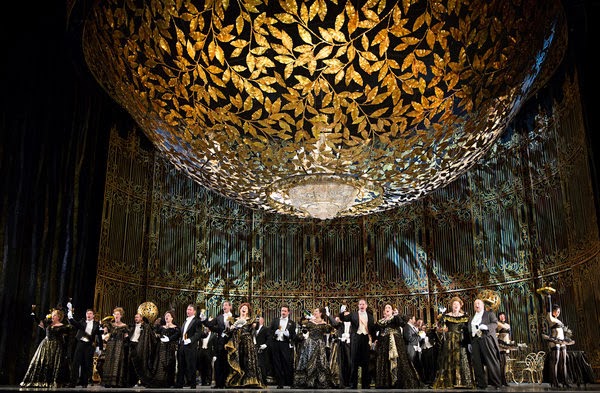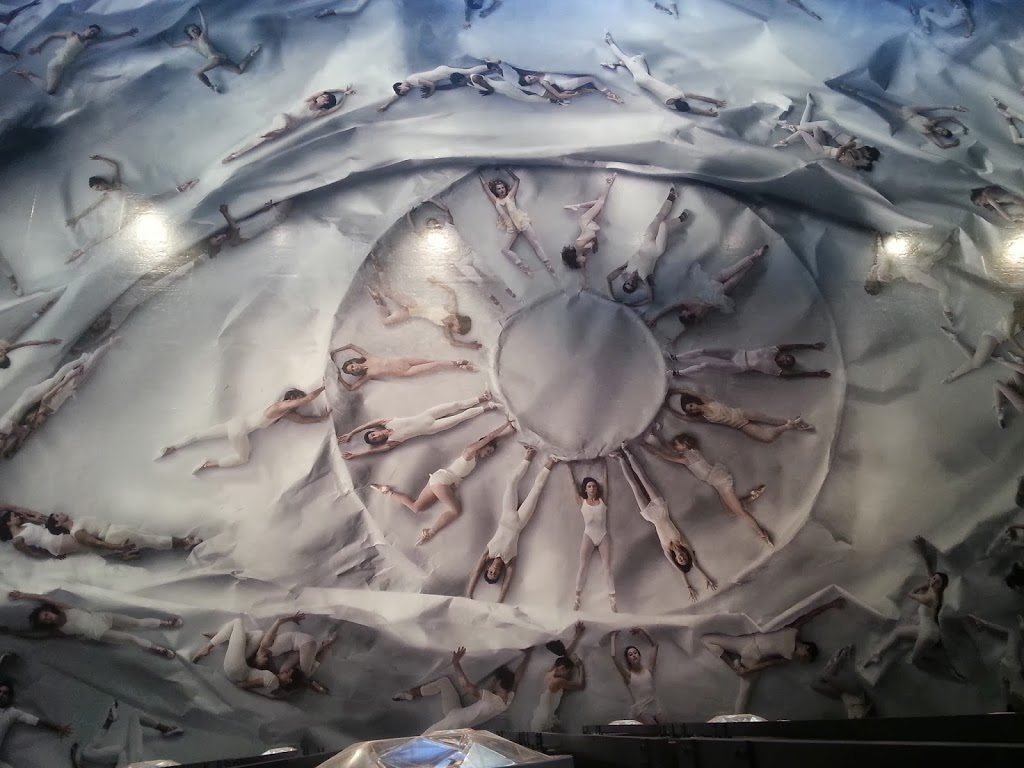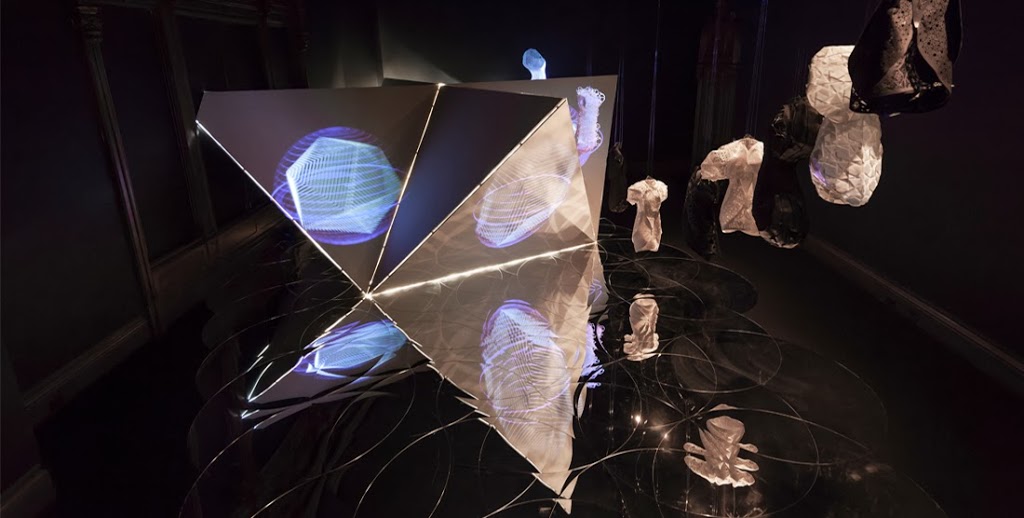Despite a fair amount of time spent in Paris over the last several years, I visited the Montparnasse Cemetary for the very first time last month. I can’t believe it has taken me this long! The art and architecture contained within this dense, peaceful 47-acre space (created from three separate farms in 1824) is very inspiring.

I must have spent at least two hours there, some of it just wandering aimlessly and some of it purposely seeking out my artistic and intellectual heroes of the last century. This venerable list included Constantin Brâncuși, Henri Laurens, Tristan Tzara, Brassaï, Simone de Beauvoir, Jean-Paul Sartre, Charles Baudelaire, and Jacques Demy, along with many others. I was particularly pleased to discover, by chance, the captivating marker of the celebrated French aviator, Maryse Bastié. And I was particularly grateful to the lovely gentleman, carefully tending to the grave of a family member, who offered to help me search for the rather hard to find grave of Man Ray and Juliet May Ray, simply in exchange for a tissue. There is indeed a wealth of kindness in this world.
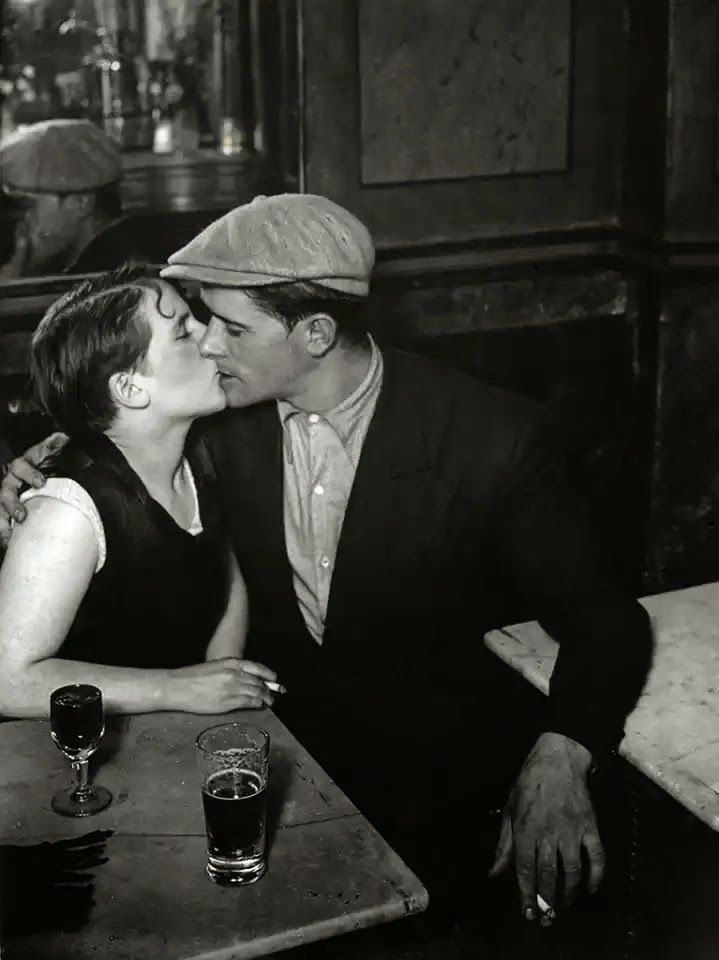 |
Brassaï, Couple d’amoureux dans un bistrot, rue Saint-Denis, c. 1932
© Estate Brassaï
|
Ah, Paris. My trip a few weeks ago really could not have been better, in fact, it was rather perfect. The weather was glorious, everything was in bloom, the city didn’t feel overly crowded — Paris was certainly at its best. There were so many fantastic exhibitions on last month with a particular focus on fashion and photography. One such is a major Henri Cartier-Bresson show at the Pompidou Centre running through June 9. Friends in Paris warned me that the lines for admission were still quite long (it opened just a few weeks before my arrival) so I decided to conserve my time and skip it altogether. Although, I understand it is most definitely worth seeing.
I did get to a tremendous exhibition at the Hotel de Ville, Brassaï: Pour l’Amour de Paris. The Hungarian-born Brassaï (1899-1984) was unquestionably one of the most important photographers to document Paris in the twentieth century. Not necessarily the obvious, but rather the less obvious, and perhaps the far more compelling and truthful — the city at night, nightlife, light and shadows and even the somewhat deviant — from his perspective within the artisic and intellectual avant-garde. This installation was significant, comprehensive and smart. I loved it. Brassaï: Pour l’Amour de Paris was set to close on March 29, however a beautiful catalog was produced, available here. And I had never actually been inside the Hotel de Ville, very nice!
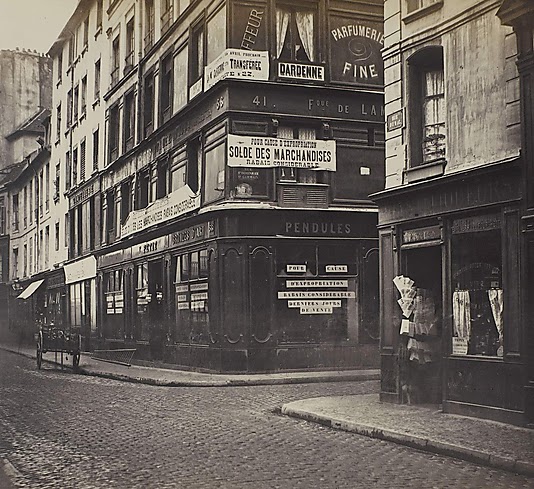 |
| Charles Marville (1813-1879), Corner of rue de Bac and rue Saint-Dominique, Paris, ca. 1874. Photograph Musée Carnavalet, Paris. |
I’m back from my beautiful trip to Paris, where I found spring(!) and about which I’ll be writing for the near future, no doubt. Before I left, I went to see a very interesting exhibition at the Metropolitan Museum, Charles Marville: Photographer of Paris. Commissioned by the city to photograph both pre- and post-Haussmann renovated Paris, Marville’s images are a tremendous documentation of this once medieval city transformed into one of the most grand in Europe. This installation of roughly one hundred images is fantastic and well worth a visit. While you’re there, make sure to take a look at Paris as Muse: Photography, 1840s-1930s in the adjacent Howard Gilman Gallery in the museum.
Charles Marville: Photographer of Paris and Paris as Muse: Photography, 1840s-1930s both run through May 4.
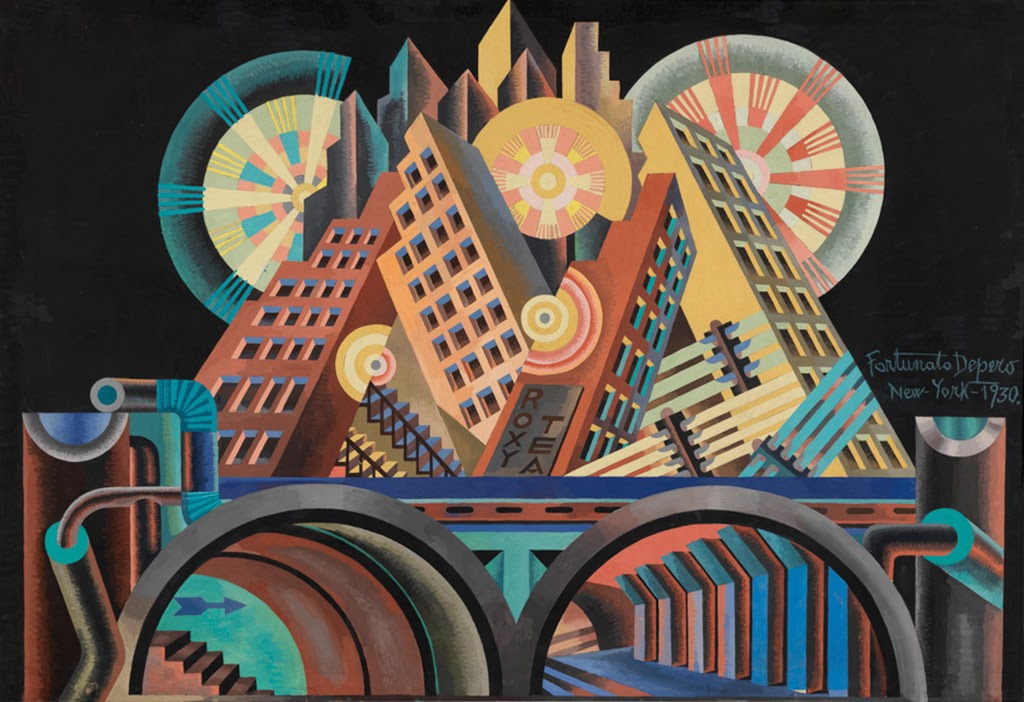 |
| Fortunato Depero, Skyscrapers and Tunnels (Gratticieli e tunnel), 1930. MART, Museo di arte moderna e contemporanea di Trento e Rovereto, Italy © 2014 Artists Rights Society (ARS), New York/SIAE, Rome. Photo: © MART, Archivio Fotografico |
What looks to be an amazing exhibition is opening today at the Guggenheim Museum. Italian Futurism, 1909-1944: Reconstructing the Universe is a major multidisciplinary installation including fine art, film, fashion, design, performance, architecture and the written word (to name a handful) from this tremendously influential, avant-garde movement that essentially revered the new — technology, speed, industry, youth, urbanism. The first show devoted to Italian futurism in the United States, it includes more than 300 works organized chronologically over its 35 year period, and is poised to be one of the standout exhibitions of the year. I know where I’ll be this weekend.
Italian Futurism, 1909-1944: Reconstructing the Universe runs through September 1 at the Solomon R. Guggenheim Museum
www.guggenheim.org
I love going to the opera. I adore the beauty and spectacle of it all, the total work of art. The Metropolitan Opera’s new production of Johann Strauss’ Die Fledermaus certainly did not disappoint. Set in fin-de-siècle Vienna, there was definitely a Gustav Klimt aesthetic in place, most evident in Act II, a glorious, glittering black and gold New Year’s Eve ball. Delightful and fun, the perfect way to spend Saturday night.
Die Fledermaus runs through February 22.
www.metoperafamily.org
As part of the NYCB Art Series, a breathtaking installation by celebrated French street artist and photographer, JR, is currently on view at the David H. Koch Theater. In addition to the 6,500 square foot image of the company forming an eye amidst white paper sets that is affixed to the floor of the promenade level within the theater, there are also several wood panels with transferred images of the dancers and a massive, ethereal image pasted to the building’s facade. The entire exhibition is incredibly inspired and simply gorgeous to experience in person. The installation was open to the public all last week and will be in place during the winter season, if you are lucky enough to have tickets, which runs through March 2.
Check out this video about the artist and the creation of his NYCB series.
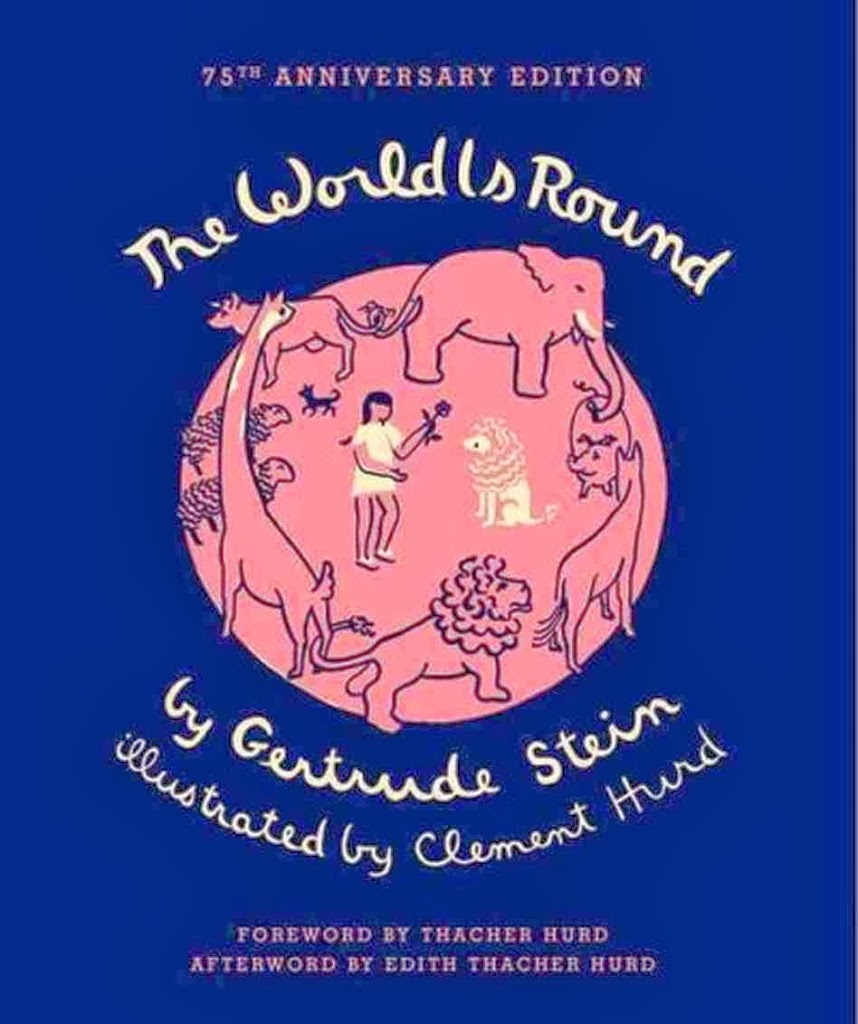
Today is Gertrude Stein’s birthday, it’s my birthday too. I love sharing a birthday with her and without fail find a reason to make mention of this each and every year. Here is a bit of proof. This year I would like to discuss the recently published 75th anniversary edition of her charming book, The World Is Round, illustrated by Clement Hurd. This reprint is gorgeous in the very same size as the first edition and with the same striking blue illustrations and text on the same lovely rose paper. This brand new version also includes two interesting essays, one by Hurd’s son, artist Thacher Hurd and one by his wife, writer Edith Thacher Hurd, both of which add enormously to the story of this great collaboration. In fact I never knew that Clement Hurd studied in Paris with Fernand Léger and other modernists — of course Stein chose him as her illustrator. The World Is Round is indeed a treasure. Happy Birthday Gertrude!
The World Is Round by Gertrude Stein (HarperCollins Publishers, 2013)
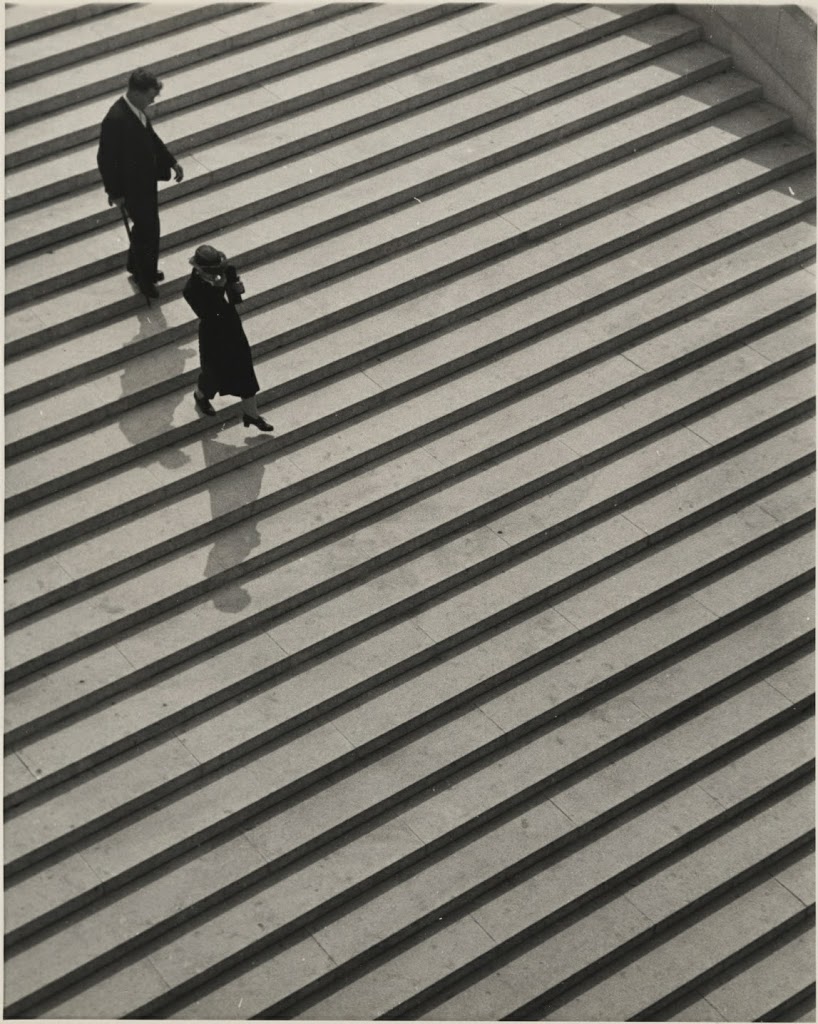 |
People walking down stairs, Exposition Internationale des Arts et Techniques dans la Vie Moderne, 1937.
Photograph F. S. Lincoln.
Fay S. Lincoln Photograph collection, 1920-1968, HCLA 1628, Special Collections Library, Pennsylvania State University. |
As I was writing our recent post on Maynard L. Parker, I couldn’t help but think about F.S. Lincoln (1894-1976), another great American architectural photographer of the same era. Based in Manhattan, Lincoln extensively documented the work of some of the most notable New York architects and designers of the time including McKim, Mead & White, Eugene Schoen, Ely Jacques Kahn, Joseph Aronson and Russel Wright, among numerous others. His work appeared in a wide range of shelter magazines such as Architectural Forum, Architectural Record and House & Garden. He also captured the two New York World’s Fairs and many of the international expositions in Europe, and received large commissions to photograph Colonial Williamsburg and antebellum architecture in the deep south. My favorite F. S. Lincoln photographs are always very distinct, very orderly black and white images of the some of the finest American and European modern design, architecture and interiors.
In the midst of the world’s fashion weeks — Paris Couture ended yesterday, New York starts February 6 — I have been thinking about a particular fashion show, MER KA BA. The fashion and design collective threeASFOUR has presented their spring/summer 2014 collection as a beautiful, almost hypnotic exhibition at The Jewish Museum. On view since September and closing on February 2, MER KA BA, both the dresses and the sublime installation, was inspired by sacred geometry and tile patterns in synagogues, mosques and churches all over the world. The quite sculptural designs were created from 3D-printed textiles, laser-cut lace and origami pleating, very clearly reflecting these elements. And the show’s name was derived from a number of ancient and contemporary spiritual concepts and beliefs, one of which refers to transcendence. MER KA BA and the work of threeASFOUR is most certainly an intersection of fashion and art, and this museum, a perfect place in which to experience it.
www.threeasfour.com www.thejewishmuseum.org
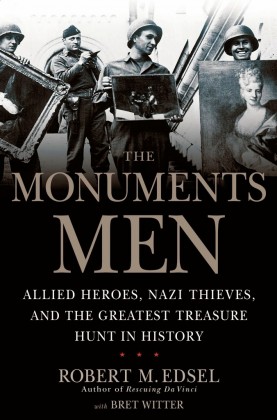
I just finished reading The Monuments Men by Robert M. Edsel, in anticipation of the soon-to-be-released film of the same name. It is the story of the allied force of quite notable art professionals including museum curators and directors, conservators, architects, artists and art historians that volunteered to risk their lives to protect, save and recover Europe’s most important buildings and landmarks and stolen works of art, cultural objects and personal property during and immediately following World War II. It is completely fascinating. The Rape of Europa, both the book by Lynn H. Nicholas and the subsequent documentary, is a brilliant telling of this most tragic moment in history and one whose aftermath still exists to this day. Edsel, actually a co-producer on the documentary, later focused his own tremendous research specifically on those men in the Monuments, Fine Arts and Archives unit (MFAA) and their remarkable and heroic efforts to preserve the artistic heritage of Europe. I can’t wait to see the film and I can’t wait to read Edsel’s new book, Saving Italy: The Race to Rescue a Nation’s Treasures from the Nazis, published last spring.
The Monuments Men by Robert M. Edsel with Bret Witter (Center Street, 2009)
www.monumentsmen.com







